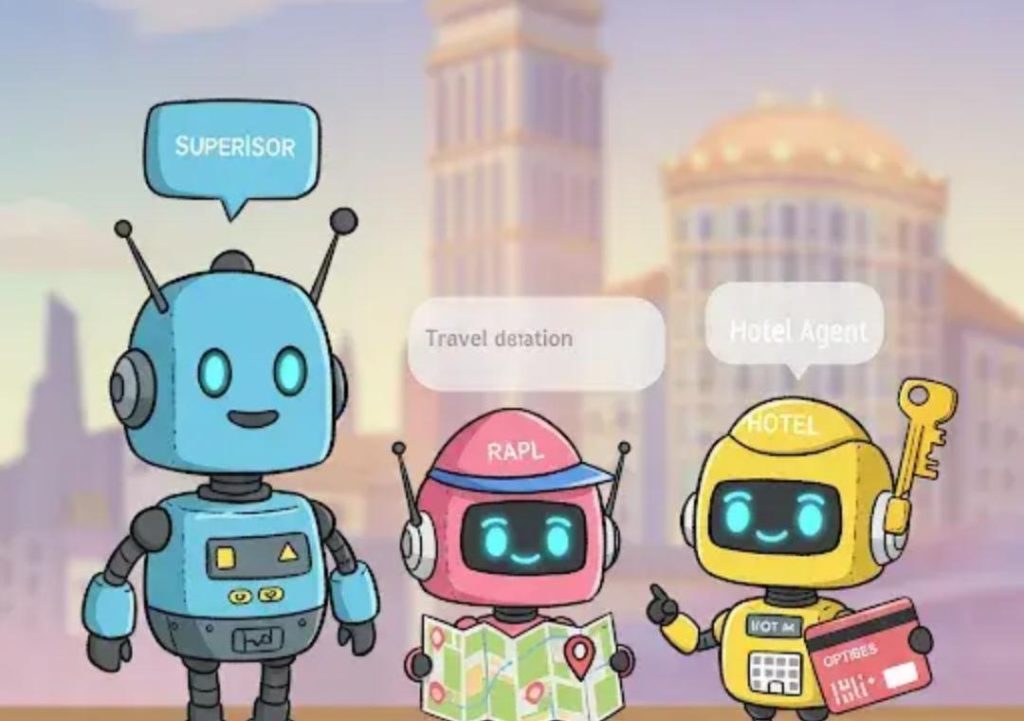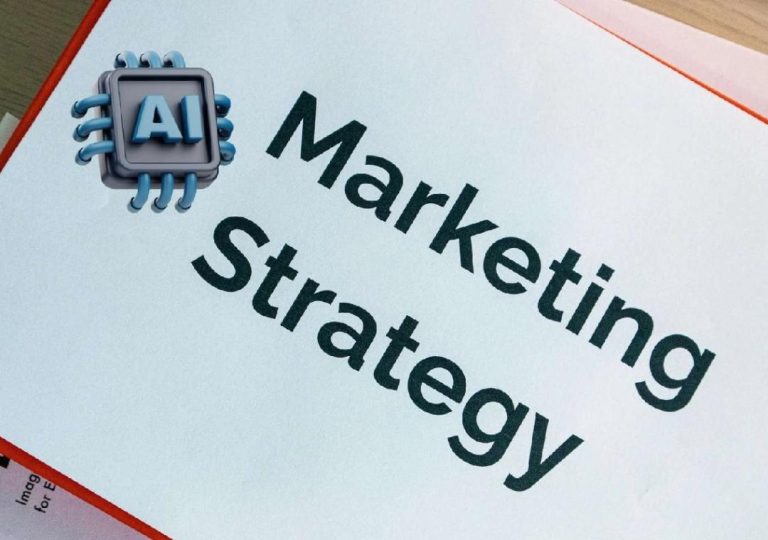
Multi-agent Collaboration Mimics Real Team Dynamics
In the world of artificial intelligence (AI), we’re used to thinking about agents as individual entities that perform specific tasks. However, what if we told you that there’s a more effective way to build AI systems? A way that mimics the way humans work together in teams, but with the added benefits of machine speed and scale?
Enter multi-agent systems, where multiple AI agents specialize, communicate, and collaborate across tasks to achieve common goals. This modular setup creates digital workflows that mirror human teamwork, but with the potential to be more efficient, flexible, and accurate.
The Benefits of Multi-agent Systems
So, why rely on a single AI agent when you can deploy a full team? Here are just a few benefits of multi-agent systems:
- Specialization: Each agent can focus on a specific task or domain, allowing for deeper expertise and improved performance. In a multi-agent system, you can have agents specializing in research, validation, and reporting, for example.
- Communication and Collaboration: Agents can communicate with each other to share knowledge, coordinate efforts, and resolve conflicts. This enables them to adapt to changing situations and make more informed decisions.
- Scalability: Multi-agent systems can be easily scaled up or down depending on the task requirements. Add or remove agents as needed to adapt to changing demands.
- Flexibility: Agents can be designed to switch roles or tasks as needed, enabling the system to respond to changing circumstances.
- Improved Accuracy: With multiple agents working together, you can achieve higher accuracy and better decision-making through collective intelligence.
How Multi-agent Systems Work
A multi-agent system typically consists of several components:
- Agents: Each agent is a software program that represents an individual entity, such as a character, robot, or vehicle. Agents can be simple or complex, depending on the task requirements.
- Environments: Agents interact with environments, which can be physical or virtual. Environments can be simulated or real-world.
- Goals and Objectives: Agents have specific goals and objectives to achieve, which may be shared or conflicting.
- Communication: Agents communicate with each other through various channels, such as message passing or shared data spaces.
Real-world Applications of Multi-agent Systems
Multi-agent systems have numerous applications across various industries, including:
- Autonomous Vehicles: Multi-agent systems can enable autonomous vehicles to navigate complex environments, communicate with each other, and adapt to changing circumstances.
- Healthcare: Agents can be designed to analyze medical data, communicate with patients, and collaborate with clinicians to make more accurate diagnoses and treatment plans.
- Finance: Multi-agent systems can be used to analyze market trends, communicate with traders, and make investment decisions.
- Logistics and Supply Chain Management: Agents can optimize routes, communicate with warehouses, and coordinate shipments to improve efficiency and reduce costs.
- Research and Development: Multi-agent systems can be used to simulate complex systems, communicate with researchers, and collaborate on projects.
Building Multi-agent Systems
Building a multi-agent system requires careful planning, design, and implementation. Here are some key considerations:
- Agent Design: Design agents that are flexible, adaptive, and able to learn from experience.
- Communication Protocol: Establish a communication protocol that enables agents to share information and coordinate efforts.
- Environment Design: Design environments that simulate real-world conditions and enable agents to interact with each other.
- Goal Definition: Define clear goals and objectives for agents to achieve.
- Testing and Evaluation: Test and evaluate the system to ensure it meets performance and accuracy requirements.
Conclusion
Multi-agent systems offer a powerful way to build AI systems that mimic real team dynamics. By deploying multiple agents that specialize, communicate, and collaborate, you can create digital workflows that are more efficient, flexible, and accurate.
As we continue to develop more sophisticated AI systems, it’s essential to consider the benefits of multi-agent systems. By embracing this approach, we can unlock new possibilities for machine learning, artificial intelligence, and automation.
Source






